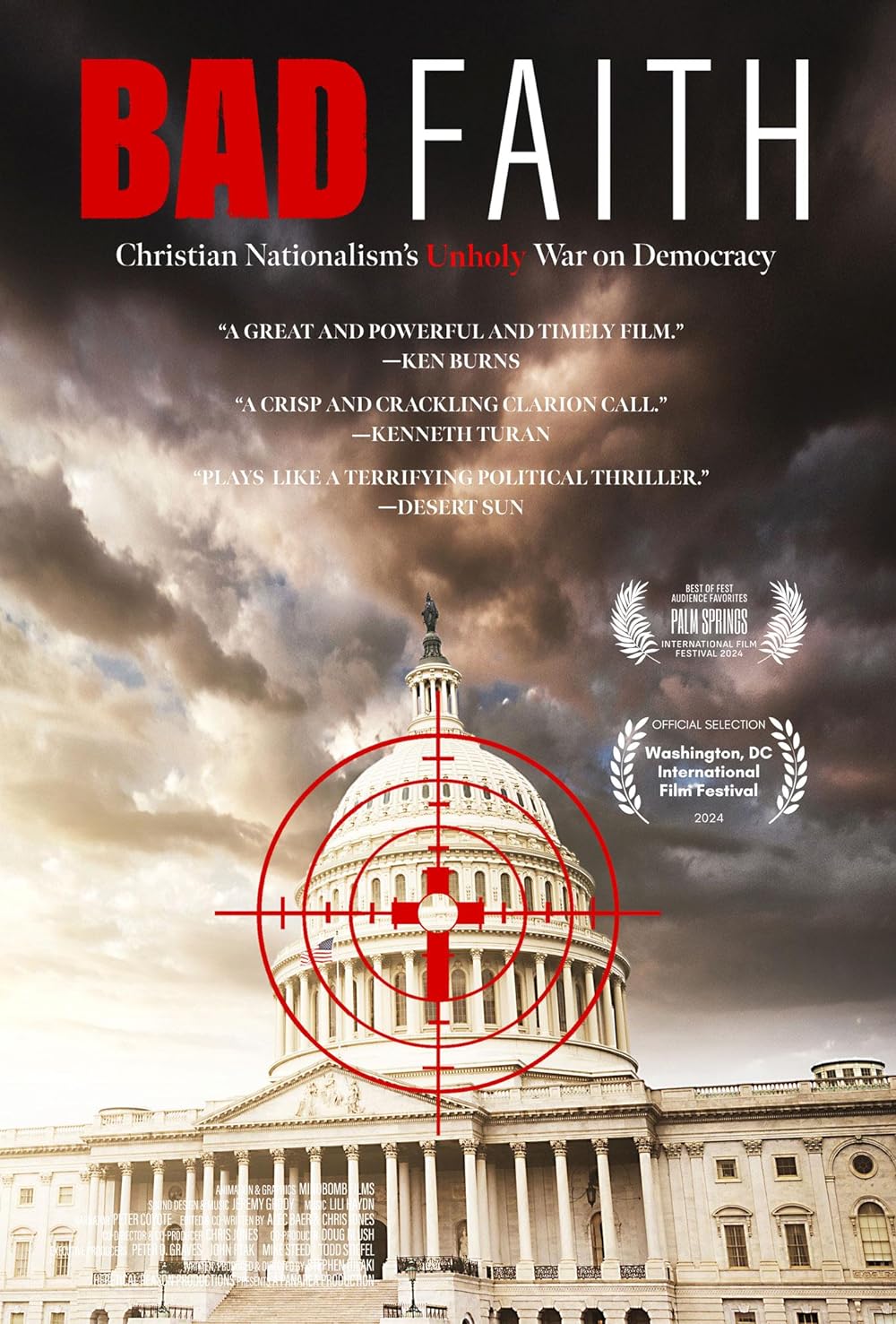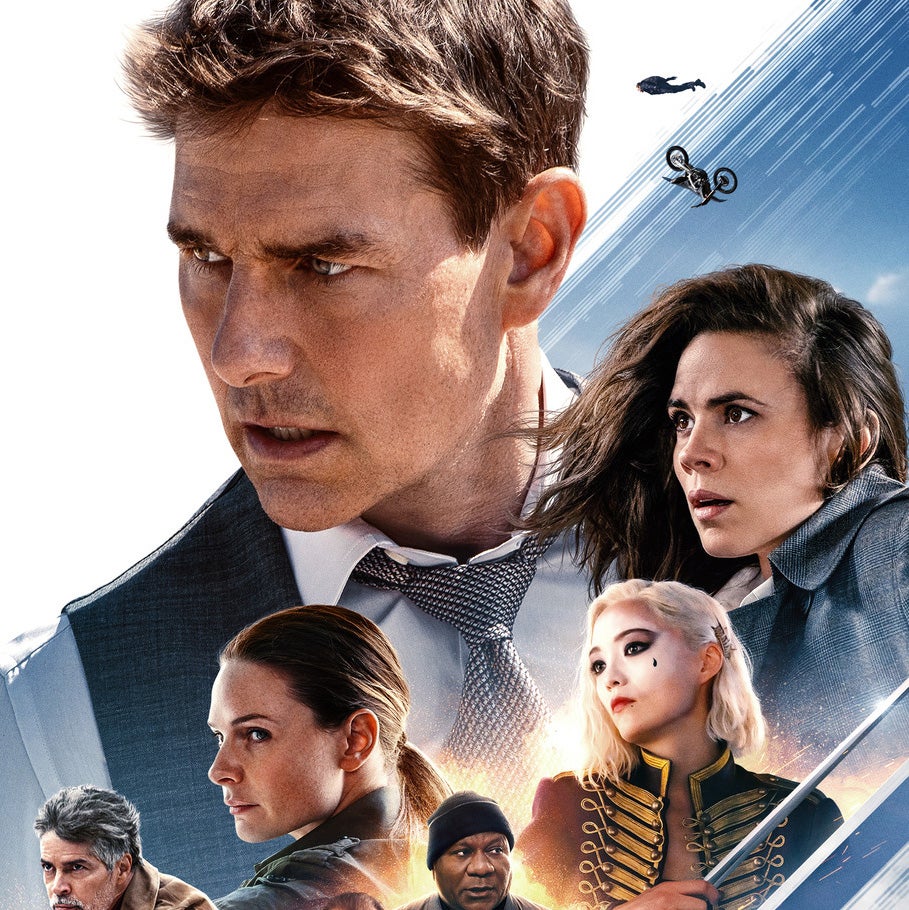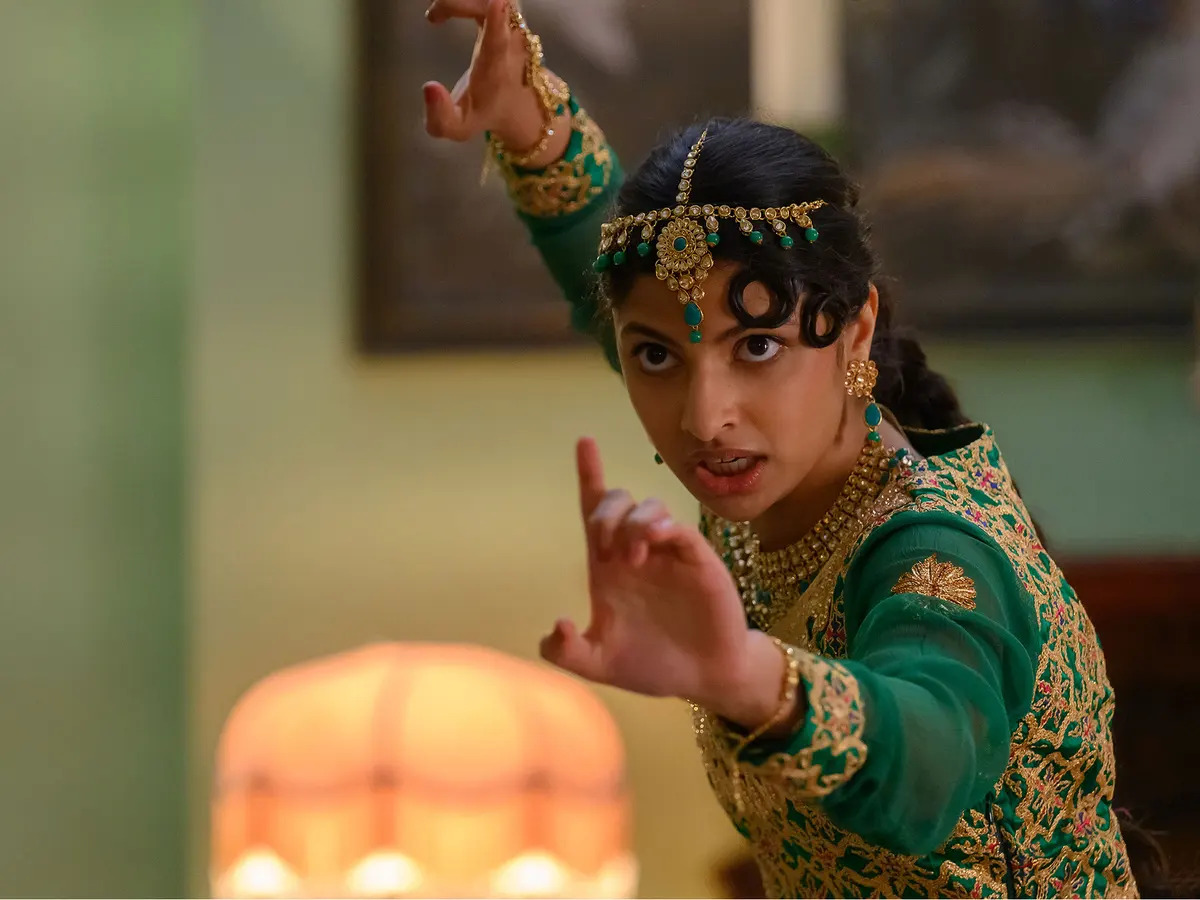Shopgirl
Posted on October 25, 2005 at 12:54 pm
B| Lowest Recommended Age: | Mature High Schooler |
| Profanity: | Some strong language |
| Nudity/ Sex: | Brief nudity, sexual references and explicit sexual situations |
| Alcohol/ Drugs: | Drinking, reference to drug use |
| Violence/ Scariness: | Tense emotional confrontations |
| Diversity Issues: | All major characters white |
| Date Released to Theaters: | 2005 |
“Shopgirl” is a luminous, if melancholy, modern-day fairy tale about a lost princess named Mirabelle (Claire Danes) whose path to true love is complicated when she meets an evil enchanter. Okay, he’s not evil; he’s Steve Martin, who co-stars as Ray and who wrote the screenplay and the novella that inspired it. And he’s not, strictly speaking, an enchanter. But he does put Mirabelle under something of a spell, one that leads to sadness, but ultimately to what comes as close as we can see these days to a happily ever after ending.
Martin/Ray narrates the story. Despite the movie’s title, he even seems to think that he is, if not the story’s hero, at least the main character. But someone forgot to tell Danes, whose glowing performance is in every way the heart of this movie.
And it needs that heart to overcome the often-ponderous and always-superfluous narration, which makes it sound less like a story than like therapy, or perhaps expiation — not for Ray, for Steve Martin.
Mirabelle works at the glove counter at Saks. She stands behind the display, mannequin arms in long, elegant black gloves reaching toward the ceiling and rows of gloves on a glass shelf, neatly organized by color. And she waits, because not many people buy gloves anymore. These are the kind of gloves ladies wore with evening gowns back in the 1950’s.
Mirabelle has come to Los Angeles from Vermont, and she doesn’t feel connected to anyone or anything. Saks is elegant and sterile. Her apartment is tasteful, but spare. Her cat hides under the bed. At night, she takes pictures of herself and uses them to make small shaded drawings which are displayed and, now and then, sell at a local art gallery.
She meets Jeremy (Jason Schwartzman of Rushmore), another artist, at a laundromat. Jeremy is socially awkward, but he appeals to something in Mirabelle. Anyone who trips over his words as much as Jeremy does must at least be honest. And his very awkwardness makes her feel a little more sure of herself.
But then she meets Ray, who gives her another kind of confidence. Ray is a wealthy man with two homes and a private plane. He stops by Mirabelle’s counter to buy a pair of black evening gloves and then sends them to her with an invitation to dinner. He is smooth in some ways, but in others as tentative and unsure of himself as Jeremy. He apologizes for his home, which he bought already decorated. Like Ray himself, it has a sleekly prosperous surface but reveals very little about the person who lives inside.
At the restaurant, Mirabelle asks Ray a few questions to make sure he’s not weird, and he asks her even fewer, just enough to make sure that she’s not bored and that she doesn’t have any father issues that might complicate a relationship. And he tells her — after they’ve slept together — that he does not see it as a long term relationship. He assures himself and his shrink that he has been very clear with her that all he wants is some friendly sex. But Mirabelle is young, and she hopes for more. She does not know how to hold her emotions back. She is so young that she does not know that other people can.
The unforgiveable thing is that it is just that quality that draws Ray to Mirabelle. He feeds on it. He borrows her youth and freshness, and none of the lavish gifts he gives her come anywhere near approaching what he takes from her.
Martin’s script rather awkwardly gets Jeremy out of the picture for a few months by sending him on tour with a rock band. He comes back with a borrowed suit and a head full of advice from relationship books he listened to on tape. And it rather awkwardly gets Ray out of the picture after two poor decisions that can only be explained as pulling the emergency brake cord because he was afraid that he might care in spite of himself.
The script has some bright points, but it has trouble staying on track and some too-convenient . Martin wants more sympathy for Ray than he earns. But Schwartzman makes us see why Mirabelle might find him “one of the kind of people it takes time to know and then once you get to know them, they’re fabulous.” And Danes is so lovely, so open, so filled with light that we stay with it, just because we want to see her get to a happy ending.
Parents should know, first of all, that this is not a Steve Martin-style comedy. It is a melancholy meditation. The characters use some strong language and there are sexual references and some explicit sexual situations, with nudity, including sexual relations between people who do not know each other very well. Characters drink and smoke and there is a reference to drug use.
Families who see this movie should talk about why Ray and Mirabelle had different hopes and expectations for their relationship. What did Jeremy learn on his trip that made him better able to communicate with Mirabelle the second time around? What did Mirabelle learn from Ray that made her better able to appreciate Jeremy the second time around? Why was Ray unable to give more to Mirabelle? What will happen to him? How do you decide when to hurt now and when to hurt later?
Families who appreciate this movie will also enjoy Lost in Translation and Broken Flowers, both with Bill Murray, and Martin’s L.A. Story. They might also enjoy some classics with women facing similar choices between an older man and a younger one, including How to Marry a Millionaire and Cactus Flower.






